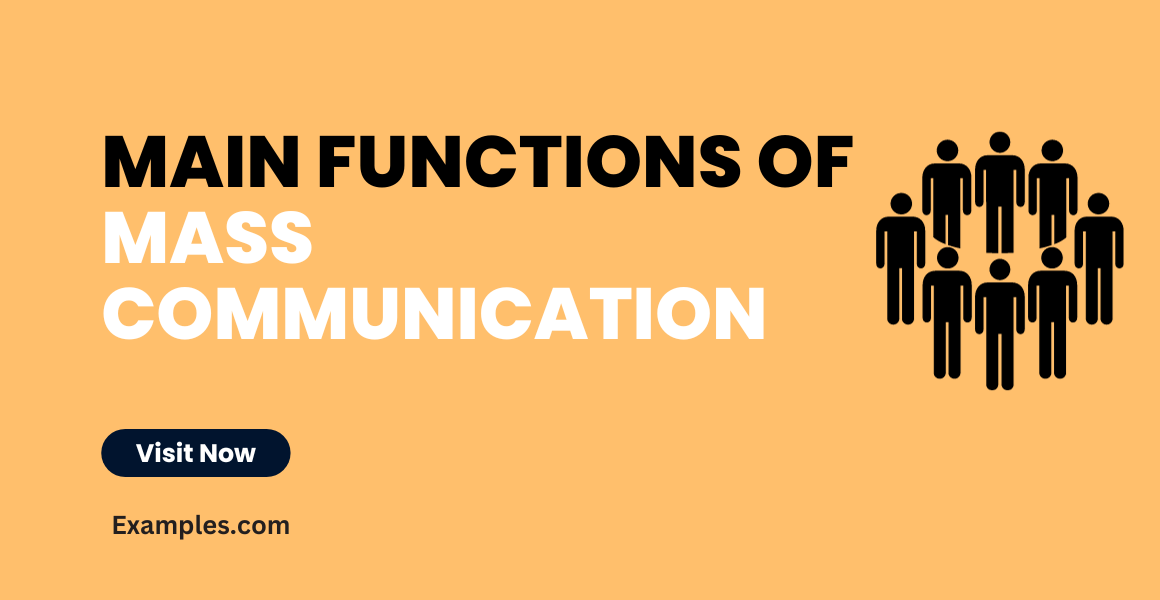Main Functions of Mass Communication – 9+ Examples
Discover the essential roles of mass communication in our comprehensive guide, featuring practical communication examples. We explore how mass media shapes our world, from the Main Functions of Mass Communication to their application in various contexts like Public Relations Mass Communication and Social media Mass Communication. This guide provides insights into the power of mass media in Mass Communication in Real Life, illustrating its impact through real-world examples and highlighting the importance of understanding its functions for effective communication strategies.
Main Functions of Mass Communication
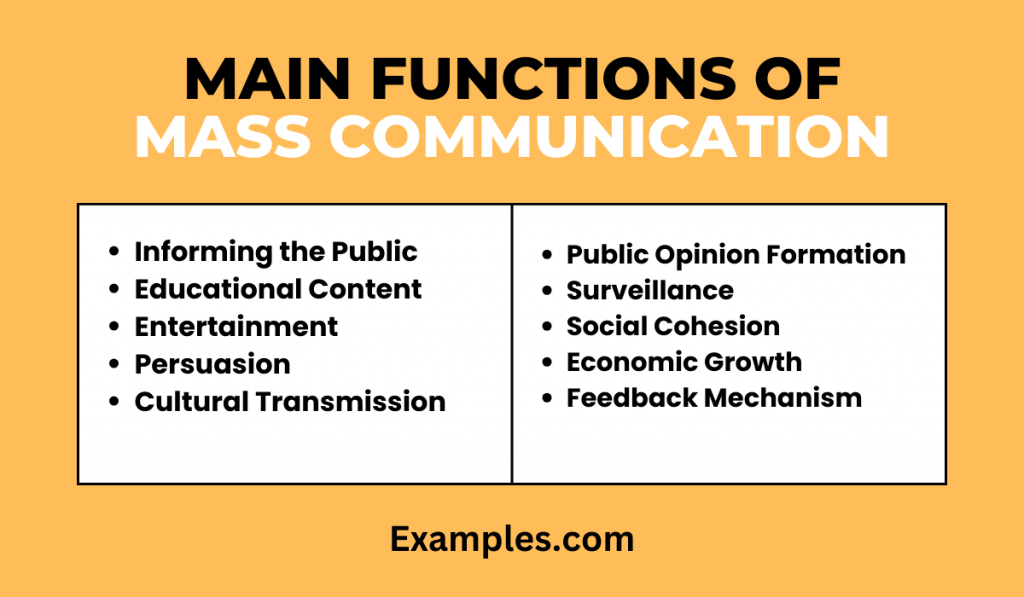
Informing the Public
Informing the public is a pivotal function of mass communication, exemplifying its role in shaping informed societies. This function leverages various types of mass communication, like broadcasting and digital media, to disseminate news and information. It’s crucial in scenarios like emergency broadcasts or educational content. The ability to relay accurate information swiftly and widely illustrates why mass communication is indispensable in our daily lives, from journalism to public relations. Understanding this function is key to appreciating the full spectrum of mass communication’s impact.
Example: “Local news channels provide updates on community events and weather forecasts.”
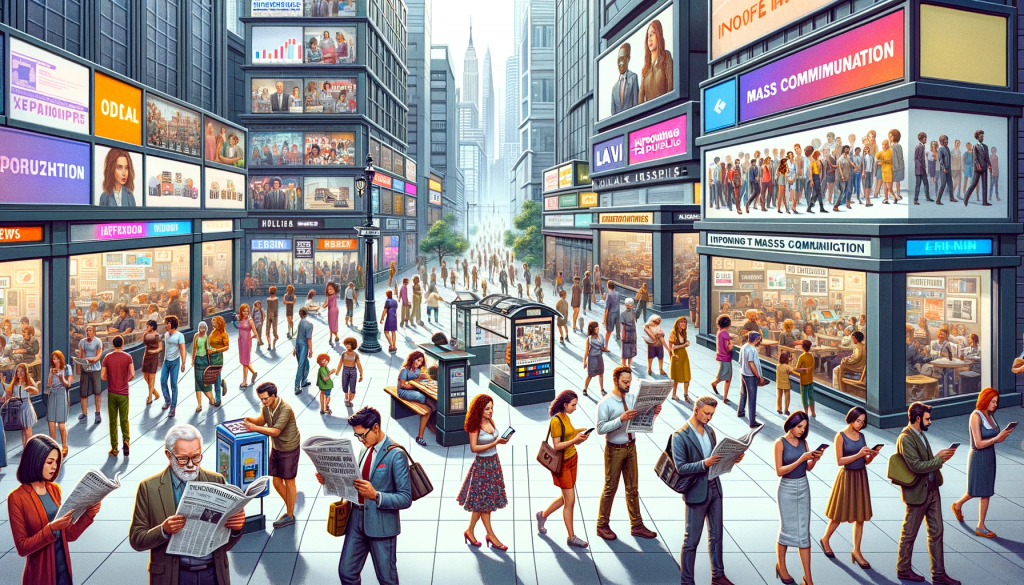
Educational Content
Educational content is a key aspect of mass communication, offering valuable information and learning opportunities to a broad audience. Through platforms like documentaries on television and educational blogs, mass media plays a crucial role in spreading knowledge and promoting lifelong learning across diverse populations.
Example: “Educational programs on television offer insights into science and history.”
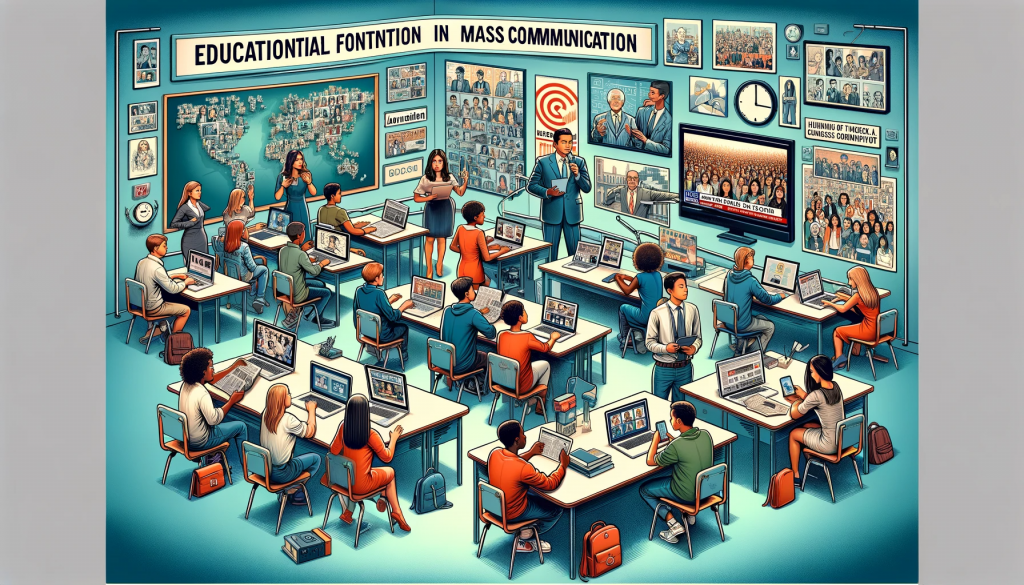
Persuasion
The art of persuasion is a fundamental function in mass communication, utilized extensively in advertising and public relations. It involves crafting messages that influence and shape public opinion, behaviors, and decisions, demonstrating the power of strategic communication in various scenarios.
Example: “Political campaigns use mass media to influence voter decisions.”

Entertainment
Entertainment is a core function of mass communication, providing relaxation and enjoyment to audiences worldwide. From television sitcoms to social media viral content, the entertainment aspect of mass communication serves as a major source of leisure and cultural exchange.
Example: “Television shows and movies offer a wide range of entertainment options.”

Cultural Transmission
Cultural transmission through Mass Communication plays a pivotal role in preserving and disseminating cultural values and norms. It encompasses a wide array of Mass Communication Examples, including traditional and digital media. By leveraging various forms of media, cultural transmission effectively shapes societal values, fostering a shared understanding and continuity of cultural heritage. This function is crucial in maintaining cultural identity, especially in our increasingly globalized world.
Example: “Festivals and traditions are often showcased in various media, promoting cultural understanding.”
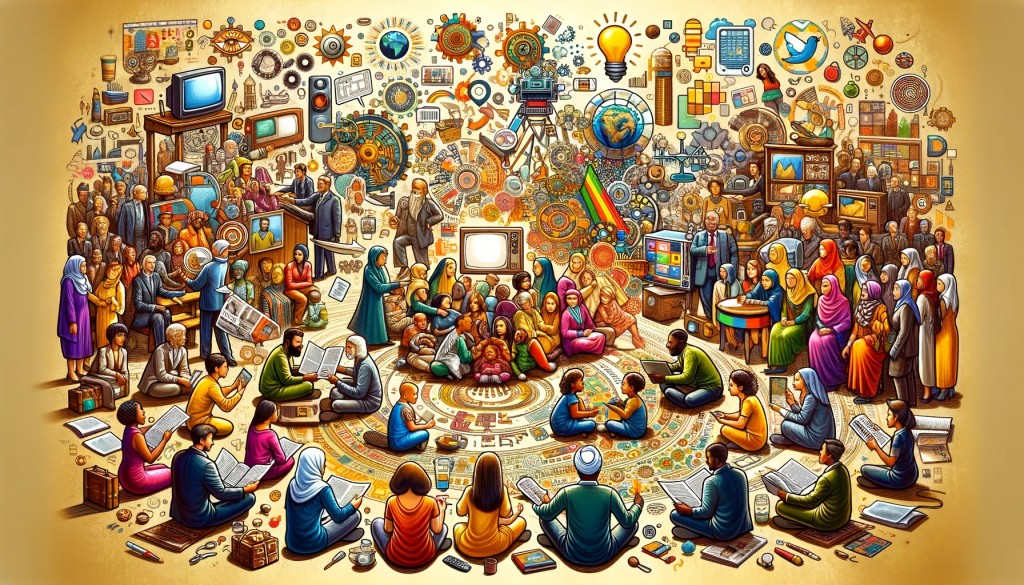
Public Opinion Formation
Public opinion formation is a key aspect of Mass Communication, influencing societal views and beliefs. Utilizing various Types of Mass Communication, including social media, broadcasting, and journalism, it shapes public perception on diverse issues. This process is integral to democracy, enabling informed decision-making and societal engagement. Public opinion formation in mass communication reflects the power of media in shaping thoughts and opinions, highlighting the responsibility of media practitioners.
Example: “News debates and editorials help form public opinions on social matters.”
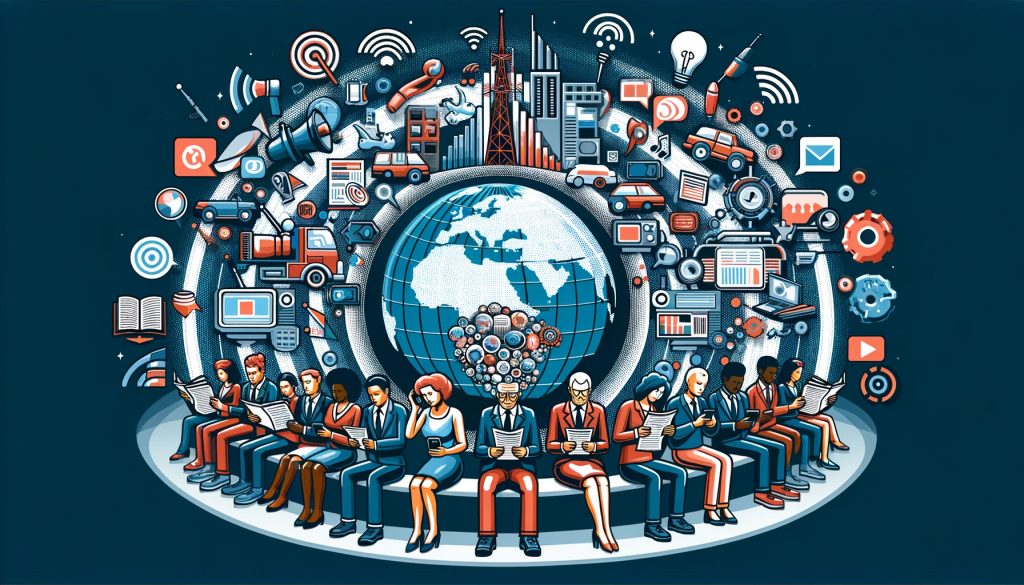
Surveillance
The surveillance function in Mass Communication refers to the constant flow of information about events and developments. It encompasses a range of Mass Communication Scenarios/Situations, keeping the public informed and aware. This function is essential for societal awareness, offering insights into global happenings and local events. It empowers individuals to stay connected and make informed decisions, illustrating the vital role of mass communication in our daily lives.
Example: “News agencies report on global events, providing surveillance of international issues.”
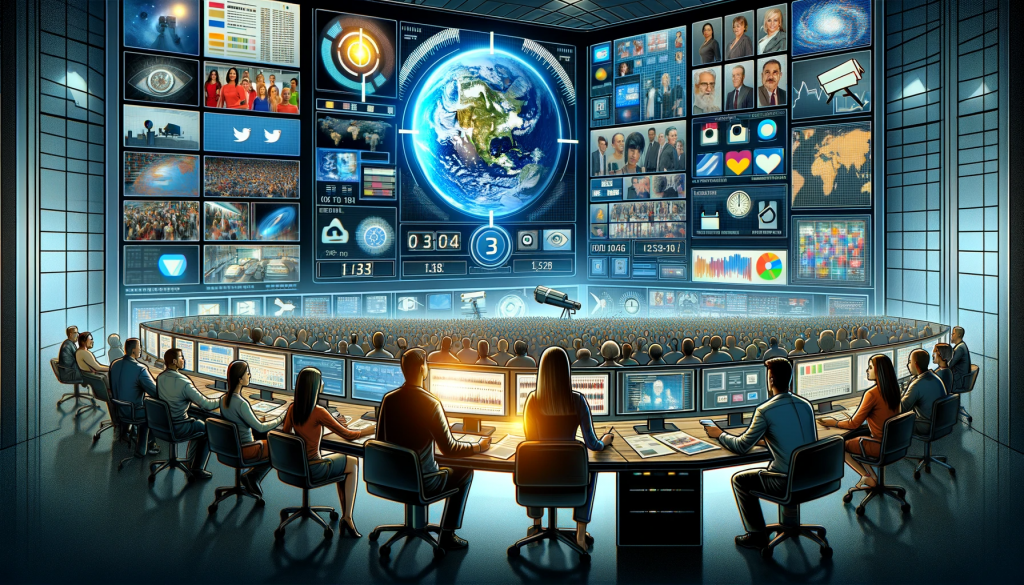
Social Cohesion
Mass Communication plays a pivotal role in fostering Social Cohesion by disseminating shared norms, values, and beliefs. It unifies diverse communities, promoting a sense of belonging and collective identity. Through various Forms of Mass Communication, like television and social media, it bridges cultural gaps, enabling societal harmony and understanding. This function is essential in a globalized world, where maintaining social fabric is key to peaceful coexistence.
Example: “National sporting events broadcasted live unite people across the country.”

Economic Growth
The impact of Mass Communication on Economic Growth is profound. It facilitates the dissemination of economic information, market trends, and advertising, vital for business expansion and consumer awareness. Leveraging platforms like Broadcasting Mass Communication and digital media, it drives economic activities by influencing consumer behavior and investment decisions. This function is crucial in guiding economies towards prosperity and innovation.
Example: “Advertisements on various media platforms drive consumer spending and economic activity.”
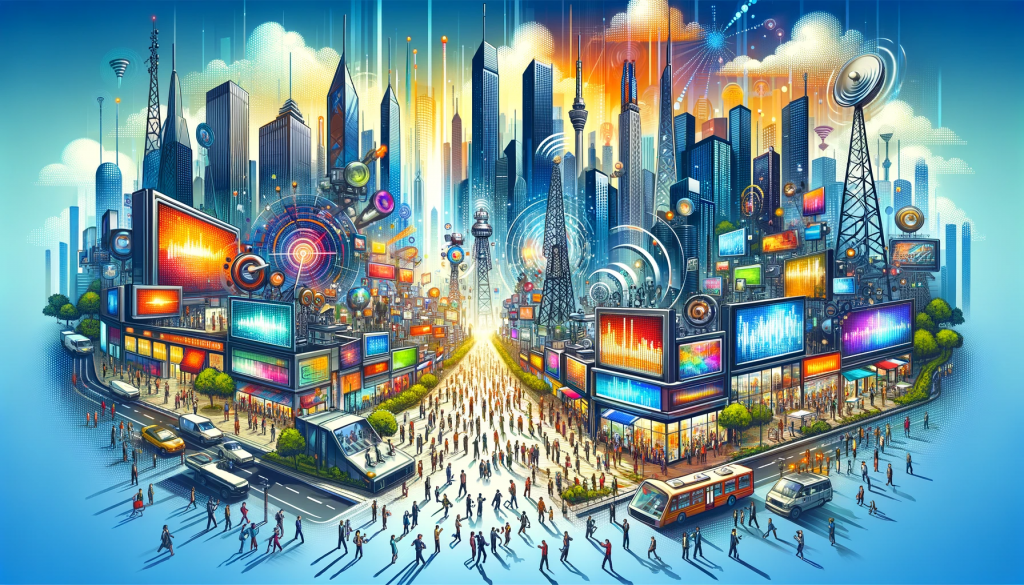
Feedback Mechanism
A vital aspect of Mass Communication is its Feedback Mechanism. It allows for audience response and engagement, essential for tailoring content and strategies. This feedback loop, evident in Social media Mass Communication and interactive digital platforms, ensures that messages resonate with the audience. It helps in refining communication strategies, making Mass Communication a dynamic and responsive field, adapting to the ever-changing public needs and preferences.
Example: “Social media platforms enable users to comment and engage with content creators.”
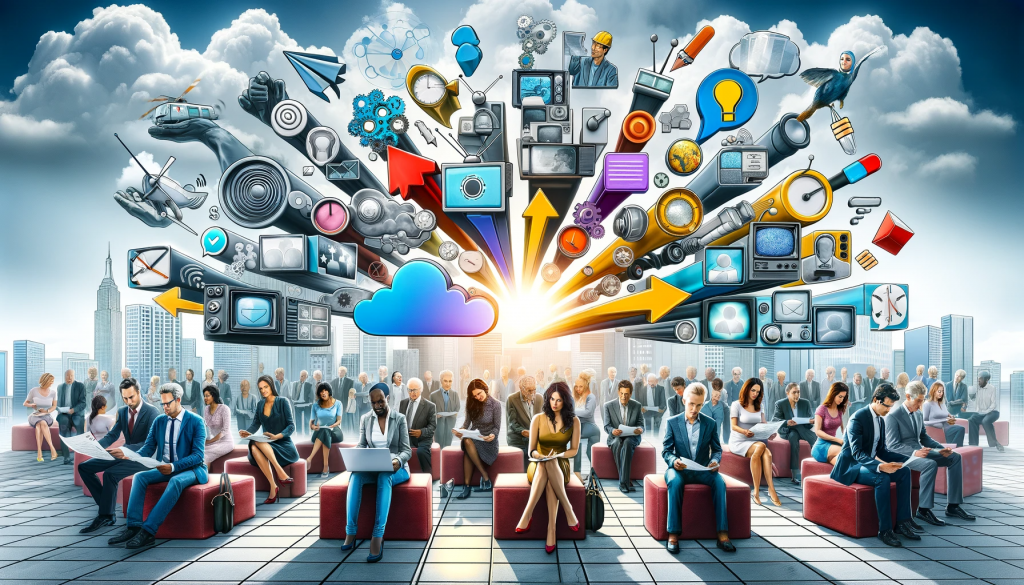
The main function of Mass Communication is to disseminate information to a large audience, transcending geographical and cultural barriers. Its pivotal role lies in shaping public opinion, educating the masses, and bridging communication gaps in society. With the advent of Digital Age, mass communication has evolved, integrating Social Media Mass Communication and other digital platforms to reach diverse audiences. Understanding these dynamics is crucial for anyone pursuing careers in this field or studying its impact on society. Whether in journalism, public relations, or broadcasting, the core purpose remains the exchange and influence of information on a mass scale.



